
China's consumer inflation eased sharply in February after price distortions created by the festival season faded, leaving the central bank with leeway on interest rate policy.
The consumer price index (CPI), a main gauge of inflation, advanced 0.8 percent year on year in February, the National Bureau of Statistics (NBS) said Thursday.
It was well below the market expectation of 1.7 percent, and substantially lower than the 2.5-percent growth in January. On a monthly basis, the CPI declined 0.2 percent.
The NBS attributed the weakening CPI to sharply lowering food prices, which fell 4.3 percent in February. Food prices surged 27 percent in January when the festival shopping spree drove up prices.
"As the travel season has ended, the number of tourists declined in February, bringing down the costs of tourist services, which partly explains the lower CPI," the NBS said.
Excluding volatile energy and food prices, the so-called core CPI rose 1.8 percent in February from a year earlier, compared with an increase of 2.2 percent in January.
China has set its GDP growth target for around 6.5 percent for 2017, compared with a target range of 6.5 to 7 percent last year. It is aiming to keep the CPI increase at around 3 percent.
"We expect CPI inflation to remain tamed in the near term. CPI inflation may stay relatively muted in the first half of 2017 as the supply of fresh food and grain has increased," Beijing-based investment bank CICC said in a research note.
China's producer price index (PPI), which measures costs of goods at the factory gate, rose 7.8 percent year on year in February, increasing from 6.9 percent in January. Prices of ferrous and non-ferrous metal processing, chemical fiber, and chemical products recorded the most notable rise in February.
The PPI hit its highest level since 2008, largely as a result of government measures to trim excessive industrial capacity.
The index is likely to fall as capacity reduction continues. The inflationary impulse has clearly been broadening out to mid-to-downstream manufacturing products, according to the CICC research note.
"We expect PPI to stay elevated in the coming months on robust sequential momentum and continued broadening-out of reflationary impulse," the report noted.
Higher PPI signifies recovering investment and export demand and notable improvement in industrial profitability, including the profit margin of mid- to downstream industries, it said.
China's manufacturing sector expanded for the seventh month in a row, evidence that the world's second largest economy is stabilizing amid an uncertain global outlook.
Taming inflation leaves the central bank leeway to stay composed in raising interest rates.
China's monetary policy in 2017 is set to be "prudent and neutral" to keep appropriate liquidity levels and avoid large injections.
Despite increased rhetoric on financial risk containment and market concerns about monetary tightening, the government set a 12 percent M2 growth target for 2017, higher than last year's actual outcome of 11.3 percent, said UBS China economist Wang Tao.
The total social financing credit growth target has also been set at 12 percent, implying slower credit growth than last year and a slight tightening bias, she said, adding no benchmark rate hike is expected and predicting only a gradual tightening of asset management regulations.
















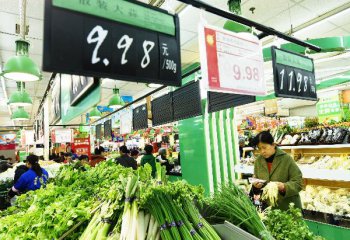
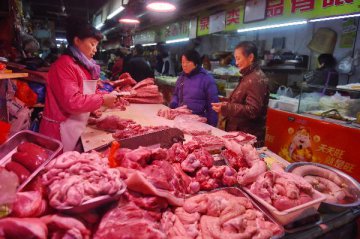

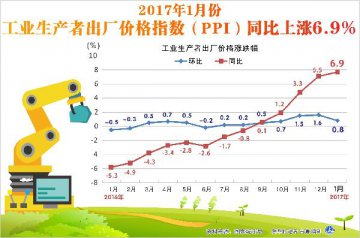
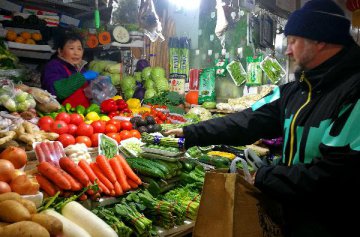
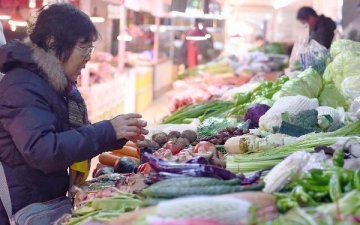


Latest comments